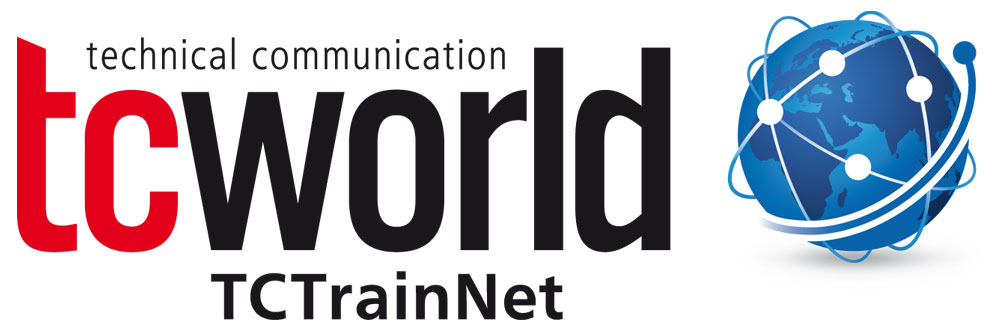Texts should be created as cost-effective and suitable for repurposing, as well as easily translatable. This would also mean that text modules by several authors are simultaneously developed and adapted, in particular across borders. Moreover, supplier texts must be integrated. How can high quality be guaranteed and a uniform consistency ensured in this environment? The solution is regulations that specify uniform writing rules with set formulations and reduced word choices. Fittingly, rules for the structuring of text allow a uniform appearance. Regulations focus on, for example, syntax rules, glossaries, corporate identity and specifications for structuring.
Many editorial offices create their own sets of rules appropriate for their tasks, procedures and information products, thus writing editorial guidelines. Various guidelines and sets of rules come into consideration as templates. One of the most optically interesting works, which is also suitable as an introduction to the material, is the work available free of charge in all official EU languages “How to Write Clearly”. The sets of rules by large manufacturers of software also offer initial pointers, such as the “…Manual of Style” or “Read Me First”. Very sophisticated works, like “Rule-Based Writing” or the “Chicago Manual of Style”, offer a solid basis for in-house rules.



